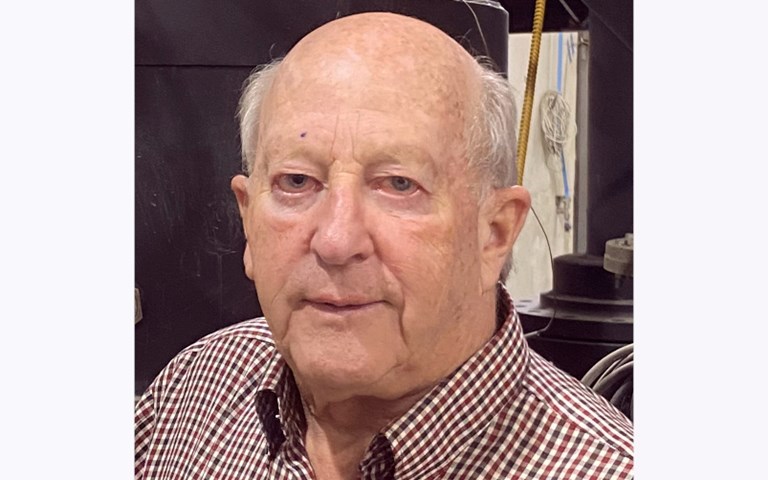More and more feasibility studies are showing numbers that simply cannot stand up to any comparison with reality. This problem, of course, is not new. Len Harris and Plato Malozemoff, very well-respected anchors of the early Newmont management team, wrote articles in the 1980s that pointed out that capital and operating costs in feasibility studies could never be achieved in practice. The problem seemed to get better for a while in the early 1990s but has recently been on a downhill slide. We all realize that this is not a good state of affairs.
Why does this happen? Corporate people get pushed by the financiers to show maximum ounces in a deposit. But often in order to do so, the ore grade must be reduced to submarginal levels. What is a good feasibility study preparer to do? In order to get financing, they must then push to reduce capex and opex so the project shows a good internal rate of return.
The people who did the engineering and feasibility studies are prepared to explain why the study targets were not met. They will pin it on poor on-the-ground management, of course. This can go on for a long time, sufficient for the financiers to have reaped their rewards—and long enough for everybody else to have forgotten about the details of that old study. The problem builds on itself.
Our engineers here at Kappes, Cassiday & Associates get a lot of pushback from project managers who say our study costs are too high, but they compare our costs to costs in other studies, not to actual realized costs. Could it be that the Canadian regulatory industry has evolved to where it values consistency over reality? And if so, should something be done about it?
One thing to consider is that there might be a larger pool of investors if they felt that the data being presented was realistic. Another thing is that junior mining companies might actually generate significant, or at least predictable, cash flows if they had received realistic guidance during the study stages. Many junior mining companies are a bit demoralized by the fact that nobody seems to take them seriously anymore.
After Bre-X, Canadian securities regulators implemented the National Instrument 43-101 (NI 43-101) framework, ostensibly to keep everybody honest. In fact, it has done a reasonable job on the geology side to make sure the resource is actually there. But beyond that, it seems to be failing.
Here’s an idea to solve part of this problem: Add another numbered section to the 43-101 study format entitled “Capital and Operating Cost Comparables.” The first step must be that securities regulators make it mandatory for listed companies to publish on SEDAR the details of the annual all-in-sustaining cost (AISC) for each operation. This step should be mandatory for all operations that have been listed for at least two years. As AISC intends, these costs should be all-inclusive. Then, in the “Comparables” section of any new 43-101 report, the study lead author must compare the report costs with at least two similar operations that they pick from the SEDAR database and justify any low-side variance.
Since no two operations are exactly identical, implementing the above idea will not always lead to obvious or “clean” conclusions. But the process of making the comparisons will add a level of confidence to any study, which will make it much easier for the investment community to proceed with financing.
Dan Kappes has over 50 years’ experience in mining and metallurgical engineering. He is a founder and the president of Kappes, Cassiday & Associates (KCA).This article was first published in the January 2024 edition of Golden Opportunities, a newsletter of the Nevada Mineral Processors Chapter of the Society for Mining, Metallurgy and Exploration.




